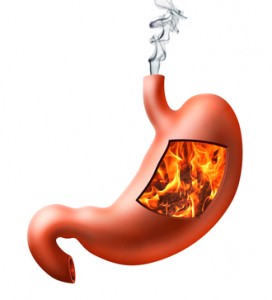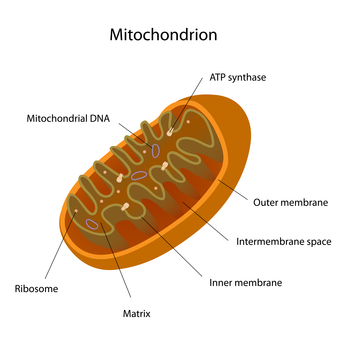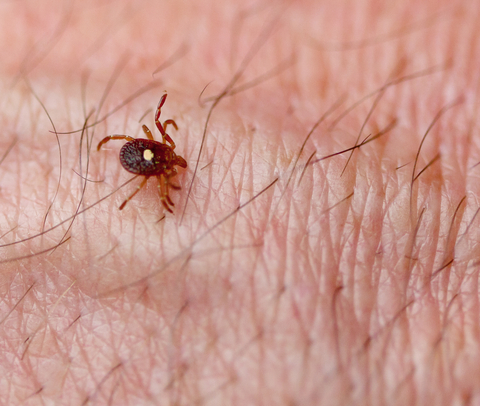 Believe it or not, acid reflux medication dangers are real, and these medications do major harm to your body. Shocking, right?
Believe it or not, acid reflux medication dangers are real, and these medications do major harm to your body. Shocking, right?
It’s true. All of those medications (Prevacid, Nexium, Zantac, Prilosec, omeprazole, even Tums) reduce stomach acid, which is what they are designed to do.
The problem is that acid reflux is actually caused by TOO LITTLE stomach acid, not too much. Counter-intuitive, right? So what happens when you have too little stomach acid? For starters, you can’t properly digest food, leading to nutritional deficiencies, particularly magnesium, calcium and vitamin B12.
A magnesium deficiency is linked to:
- Anxiety and panic attacks
- Asthma
- Blood clots
- Bowel disease
- Cystitis
- Depression
- Diabetes
- Dysmenorrhea
- Fatigue
- Heart disease
- Hypertension
- Hypoglycemia
- Inability to detoxify
- Insomnia
- Kidney disease
- Liver disease
- Migraines
- Musculoskeletal conditions
- Nerve problems
- Premenstrual syndrome
- Osteoporosis
- Raynaud’s Syndrome
- Tooth decay
A calcium deficiency is linked to:
- Delayed development
- Dermatitis
- Lethargy
- Mental confusion
- Muscle cramps
- Numbness or tingling of the fingers
- Osteoporosis
- Poor appetite
- Rickets
- Skeletal malformations
A vitamin B12 deficiency is linked to multiple neurological disorders, including
- Abnormal reflexes
- Anemia
- Anorexia
- Apathy
- Ataxia
- Balance problems
- Dementia
- Depression
- Developmental delay or regression
- Difficulty walking
- Dizziness
- Failure to thrive
- Fatigue
- Forgetfulness, memory loss
- Generalized weakness
- Hallucinations
- Hypotonia
- Impotence
- Involuntary movements
- Irritability
- Language delay
- Lower IQ
- Macrocytosis (enlarged red-blood cells)
- Mania
- Mental retardation
- Numbness or tingling
- Pallor
- Paranoia
- Personality changes
- Poor head growth
- Poor motor skills
- Poor socialization
- Poor weight gain
- Psychosis
- Restless legs
- Seizures
- Shortness of breath
- Speech problems
- Tremor
- Unsteady or abnormal gait
- Urinary or fecal incontinence
- Violent behavior
- Visual disturbances
- Weakness
Not only do acid reducers cause nutritional deficiencies, but they also take away an important component of our immune system. Stomach acid is used to kill nasty bugs, viruses, parasites and bacteria. Without enough stomach acid, guess what happens? That’s right – infection.
By prescribing proton-pump inhibitors (PPIs), doctors are putting their patients at a higher risk for infections like pneumonia and gastroenteritis, as well as getting more colds and stomach bugs.
In addition, by taking acid-reflux drugs, you’re more likely to get sick more often because your immune system can’t fight off these offenders. It also makes the rest of the gastrointestinal tract susceptible to bacterial overgrowth.
Is it worth taking acid-reflux medication? I don’t think so, and I can tell you that, as a mom, I was furious at the doctors who prescribed them to my boys for their acid reflux after I found out how truly dangerous these drugs are.
 My sons have had eczema their whole lives. It has ranged from cradle cap (did you know that was a form of eczema?) to itchy bumps in the creases of the knees and elbows to full-blown bloody red rashes on the arms and legs.
My sons have had eczema their whole lives. It has ranged from cradle cap (did you know that was a form of eczema?) to itchy bumps in the creases of the knees and elbows to full-blown bloody red rashes on the arms and legs. A
A  “Failure to thrive” is when your child’s weight percentile falls to the 3rd percentile or below or when it crosses 2 or more major percentile curves. When either of these (or both, as in the case of my older son) happens, it’s an indication that the child is not growing as he or she should be.
“Failure to thrive” is when your child’s weight percentile falls to the 3rd percentile or below or when it crosses 2 or more major percentile curves. When either of these (or both, as in the case of my older son) happens, it’s an indication that the child is not growing as he or she should be. Because of my son’s failure to thrive, our pediatrician sent us to see
Because of my son’s failure to thrive, our pediatrician sent us to see  A few months ago, my then-6-year-old son had a definite change in his typically sweet personality for the worst.
A few months ago, my then-6-year-old son had a definite change in his typically sweet personality for the worst. I remember when I was growing up in the 1970’s (ahem) that no one had allergies, let alone an allergy to peanuts. Now, if you go to a school, you’ll see “nut-free classrooms” and “nut tables” in the cafeteria.
I remember when I was growing up in the 1970’s (ahem) that no one had allergies, let alone an allergy to peanuts. Now, if you go to a school, you’ll see “nut-free classrooms” and “nut tables” in the cafeteria. A deficiency of vitamin D has now been linked to yet another chronic condition:
A deficiency of vitamin D has now been linked to yet another chronic condition:  Yet another study shows that C sections and feeding your baby formula instead of breastmilk can change your baby’s gut flora for the worse, leading to gut dysbiosis.
Yet another study shows that C sections and feeding your baby formula instead of breastmilk can change your baby’s gut flora for the worse, leading to gut dysbiosis.

